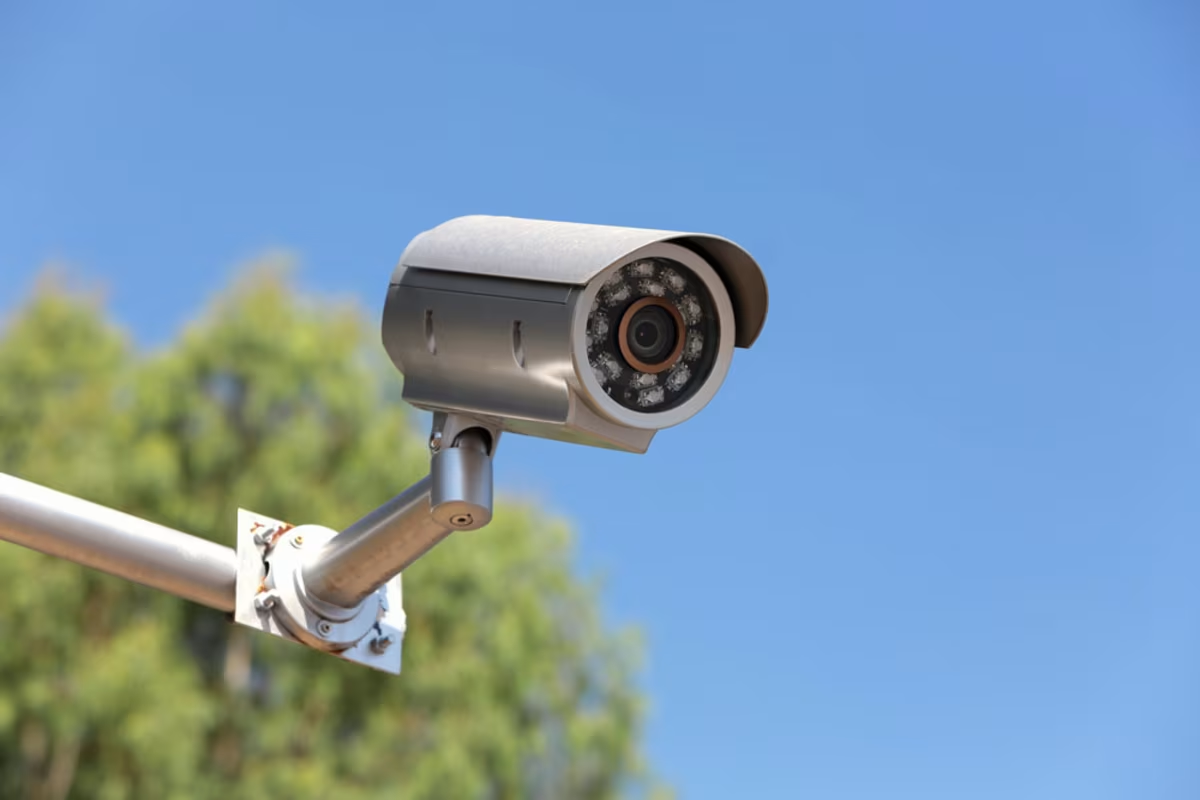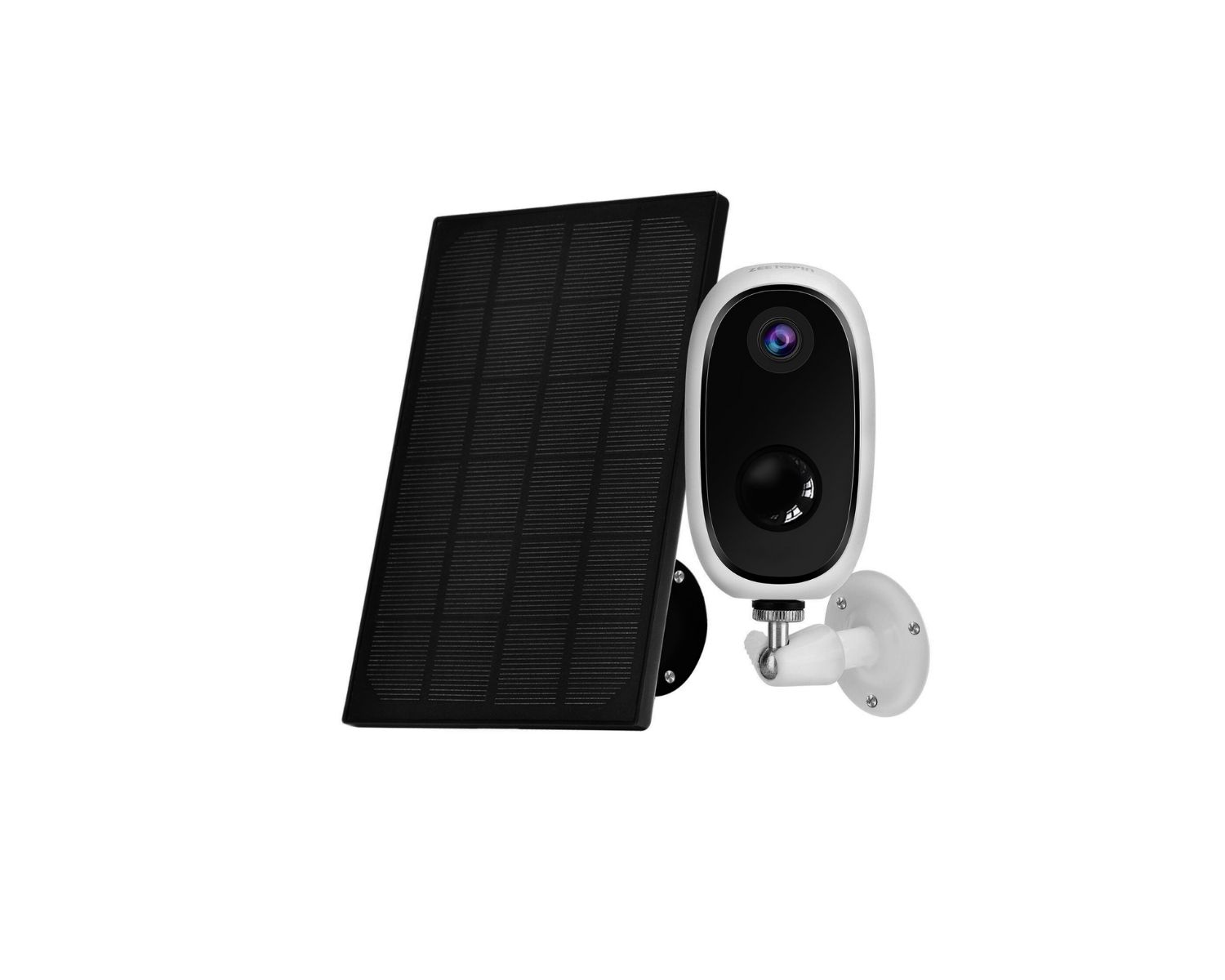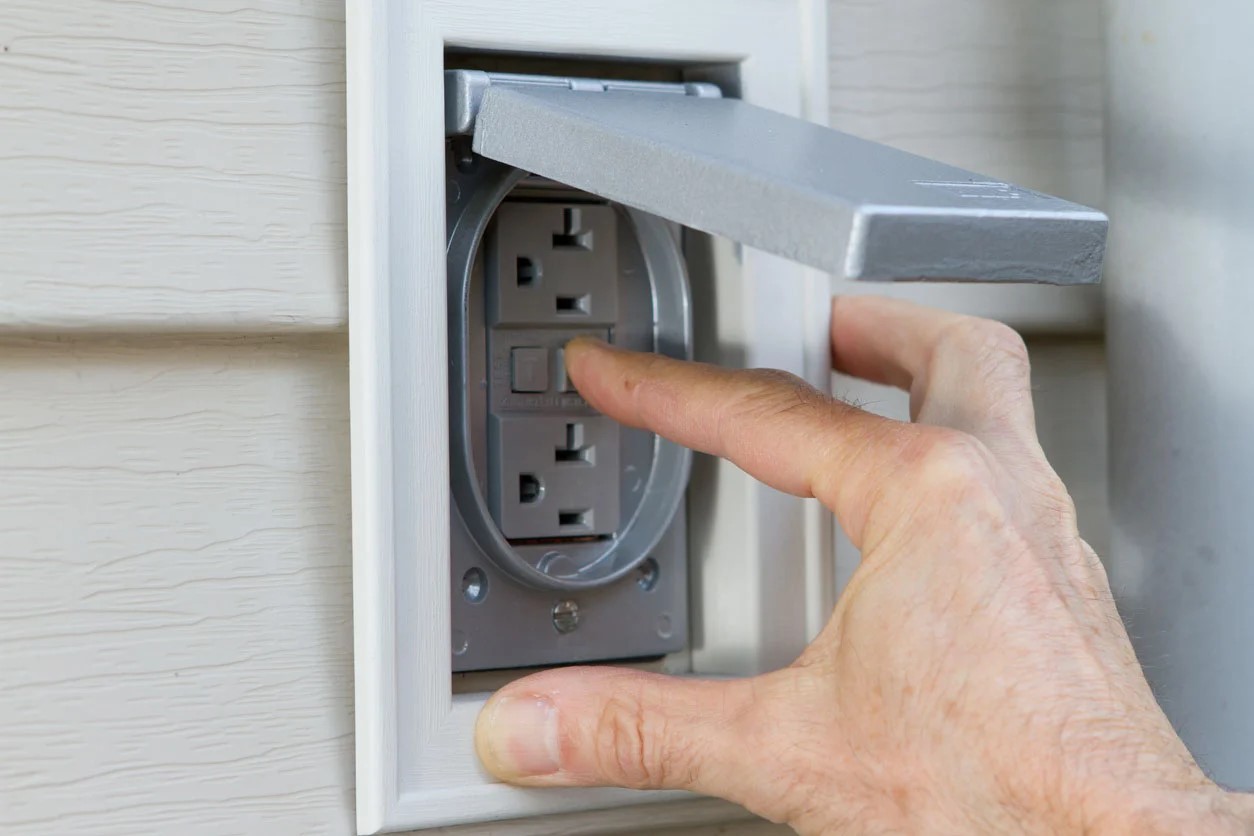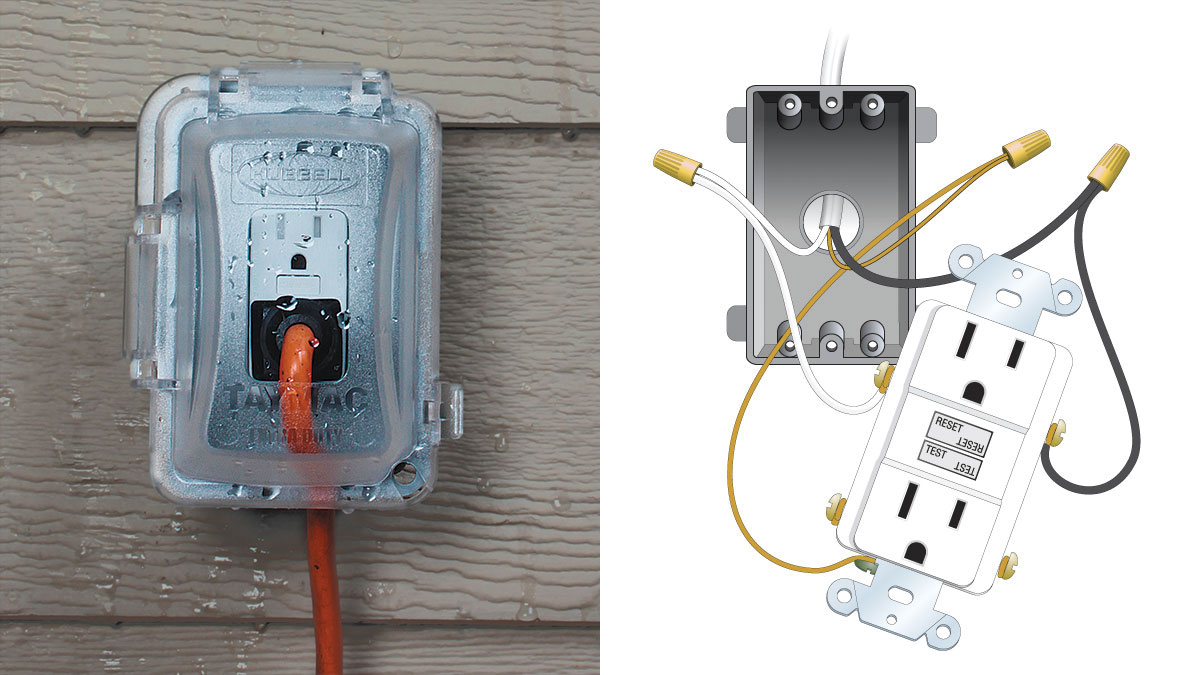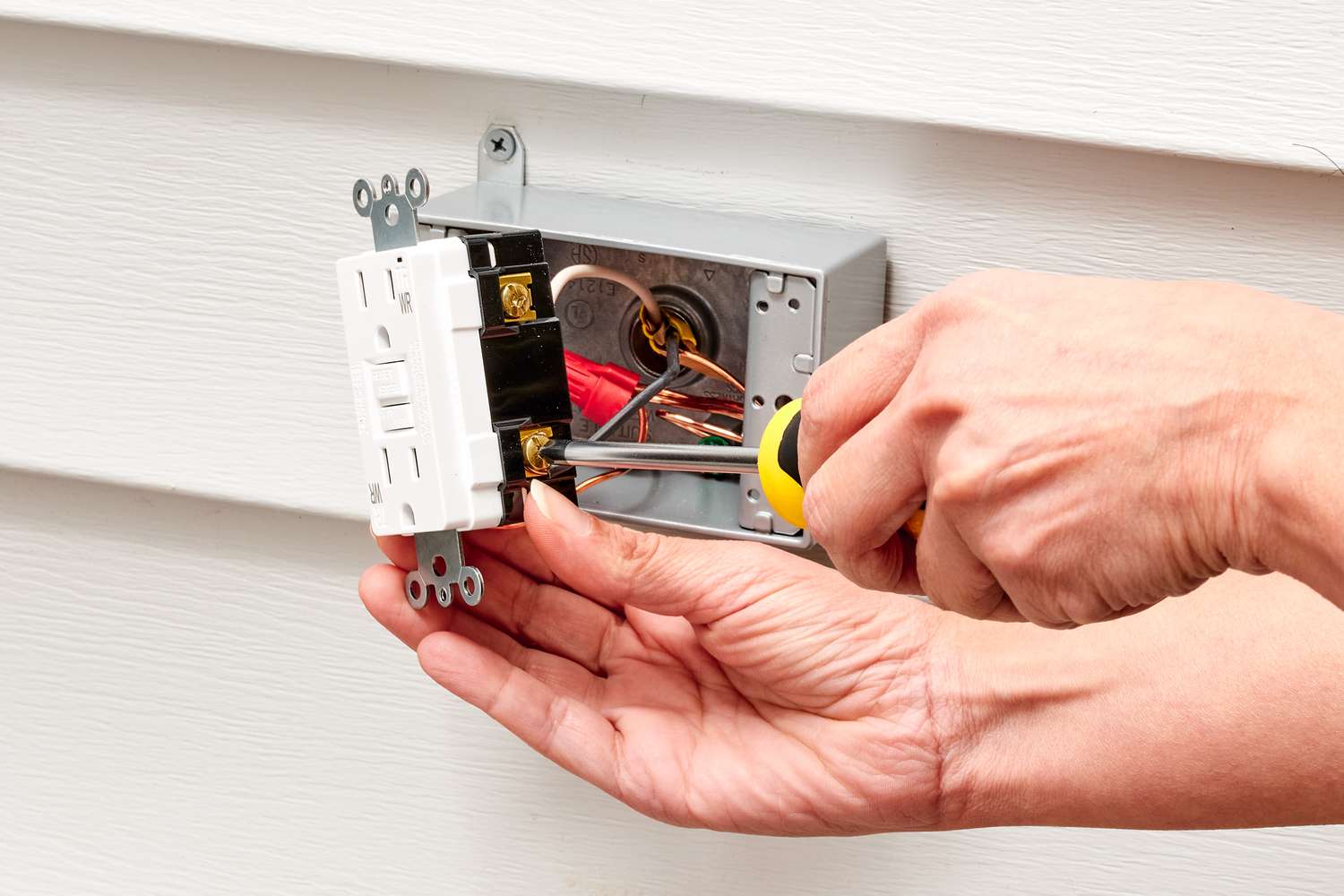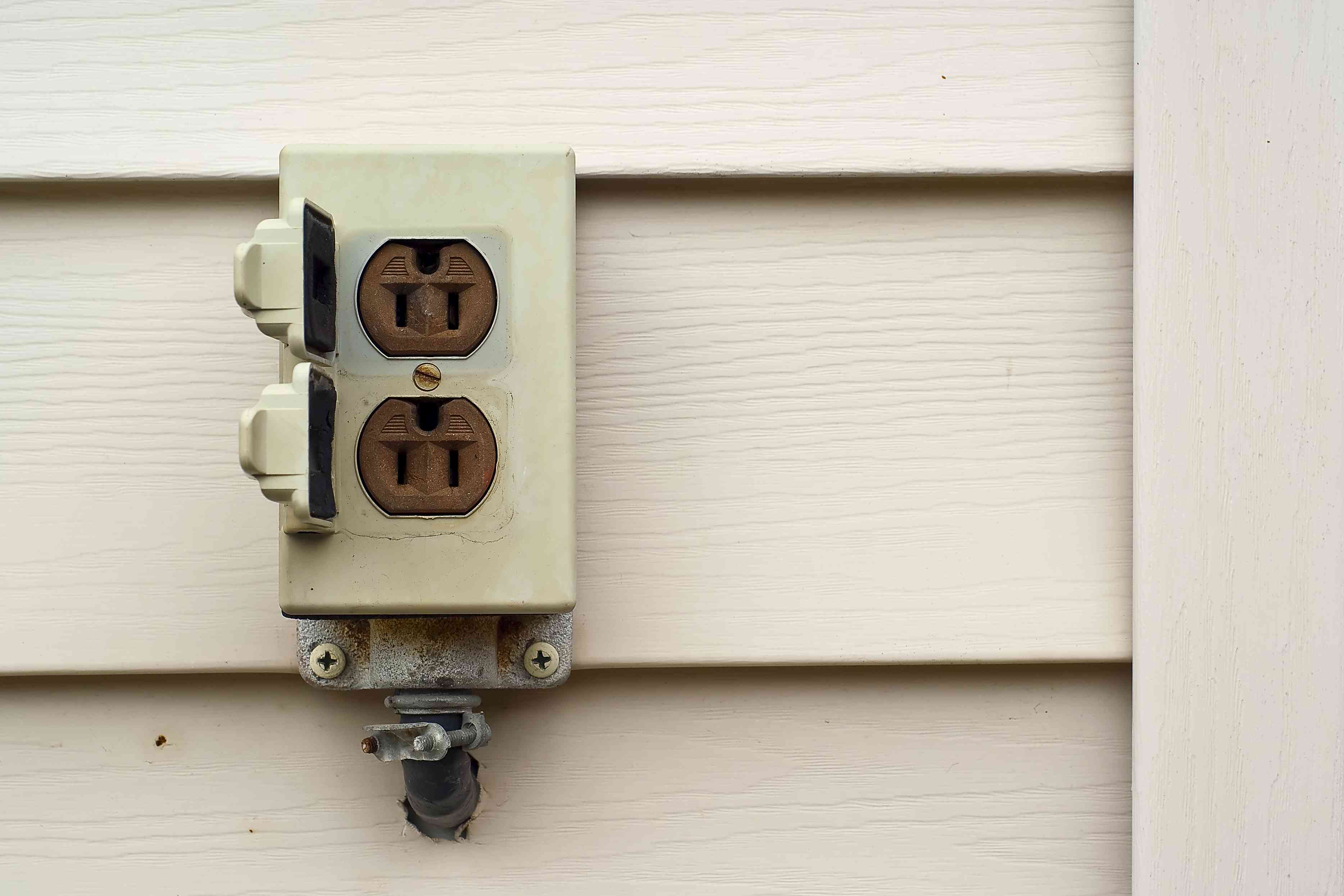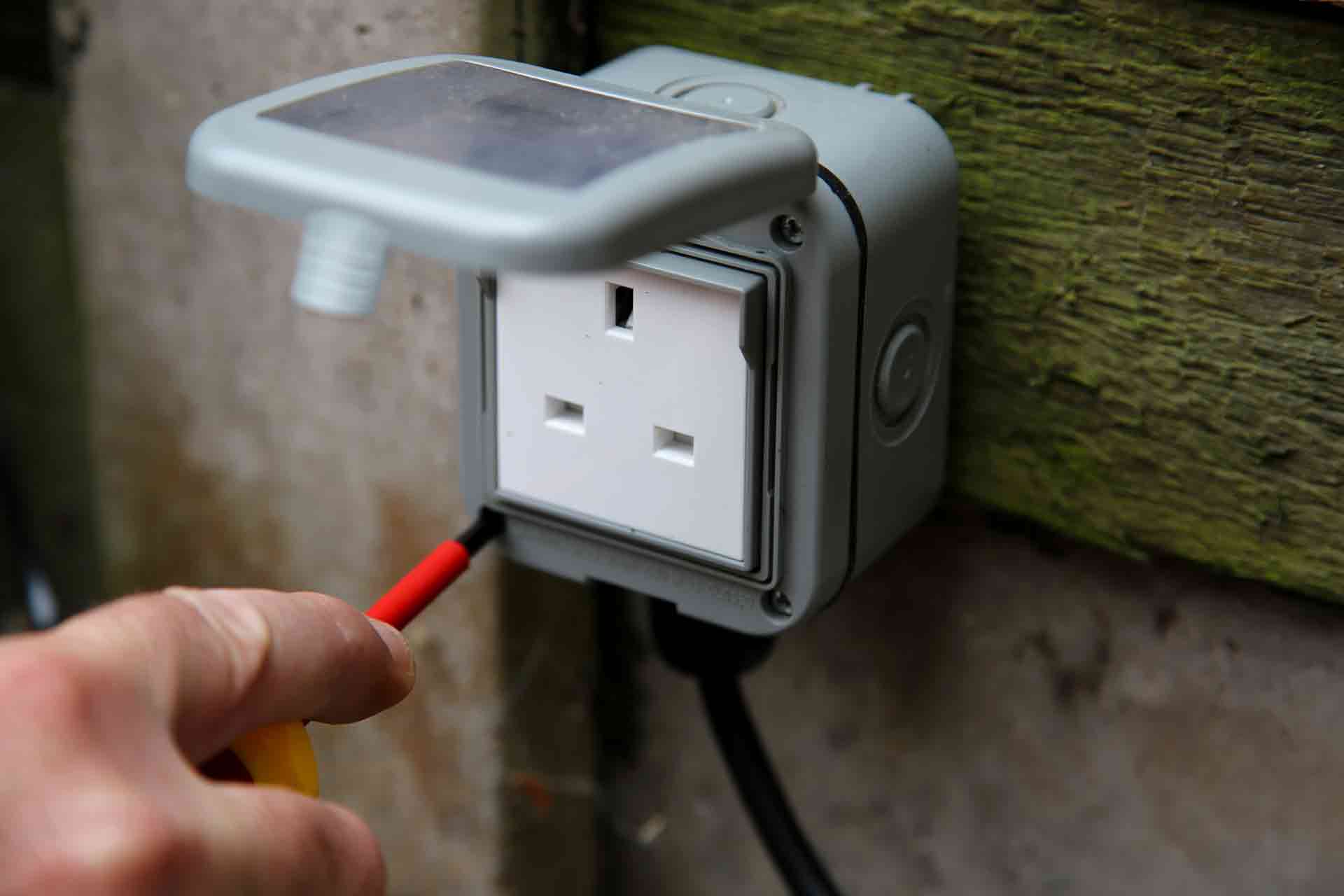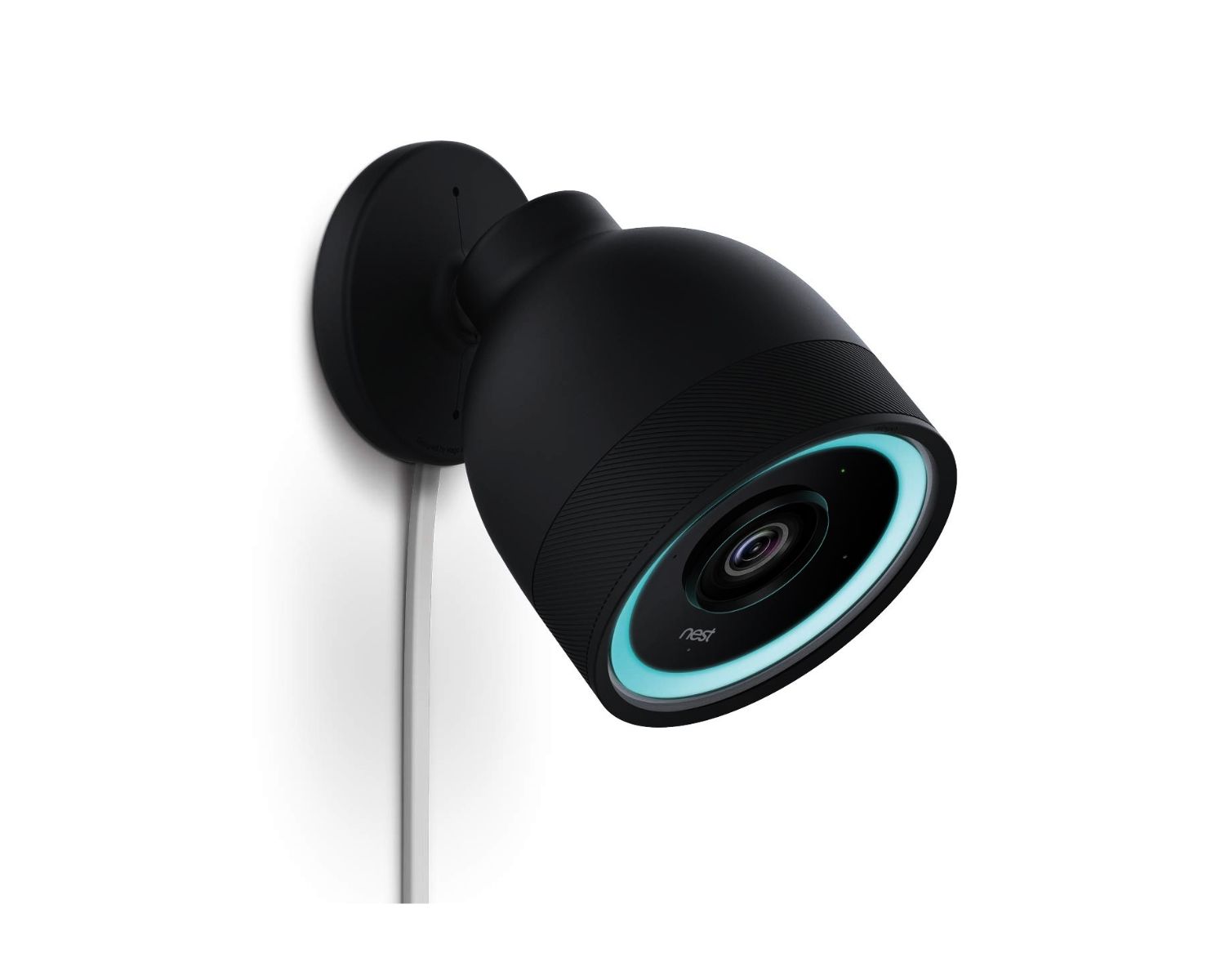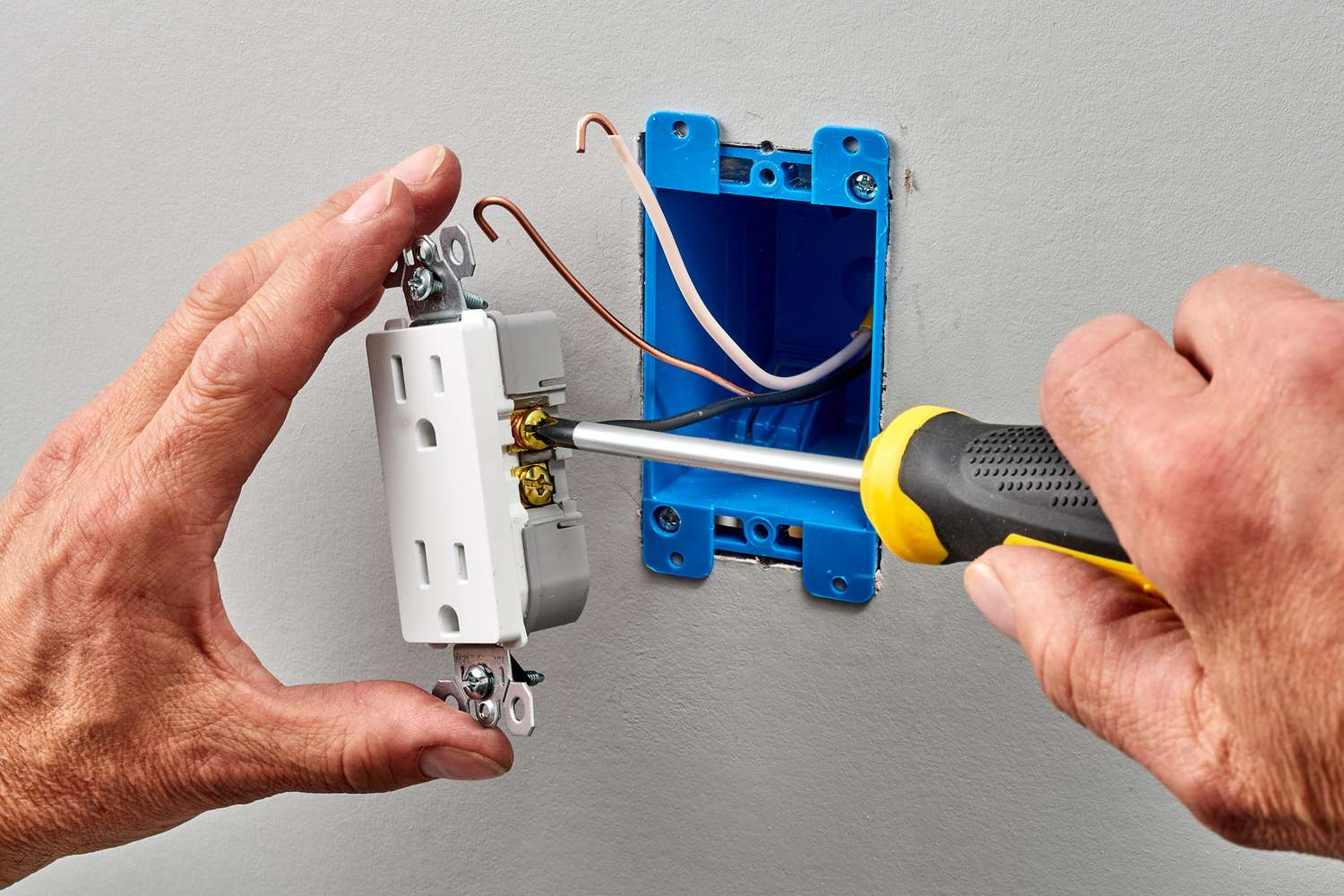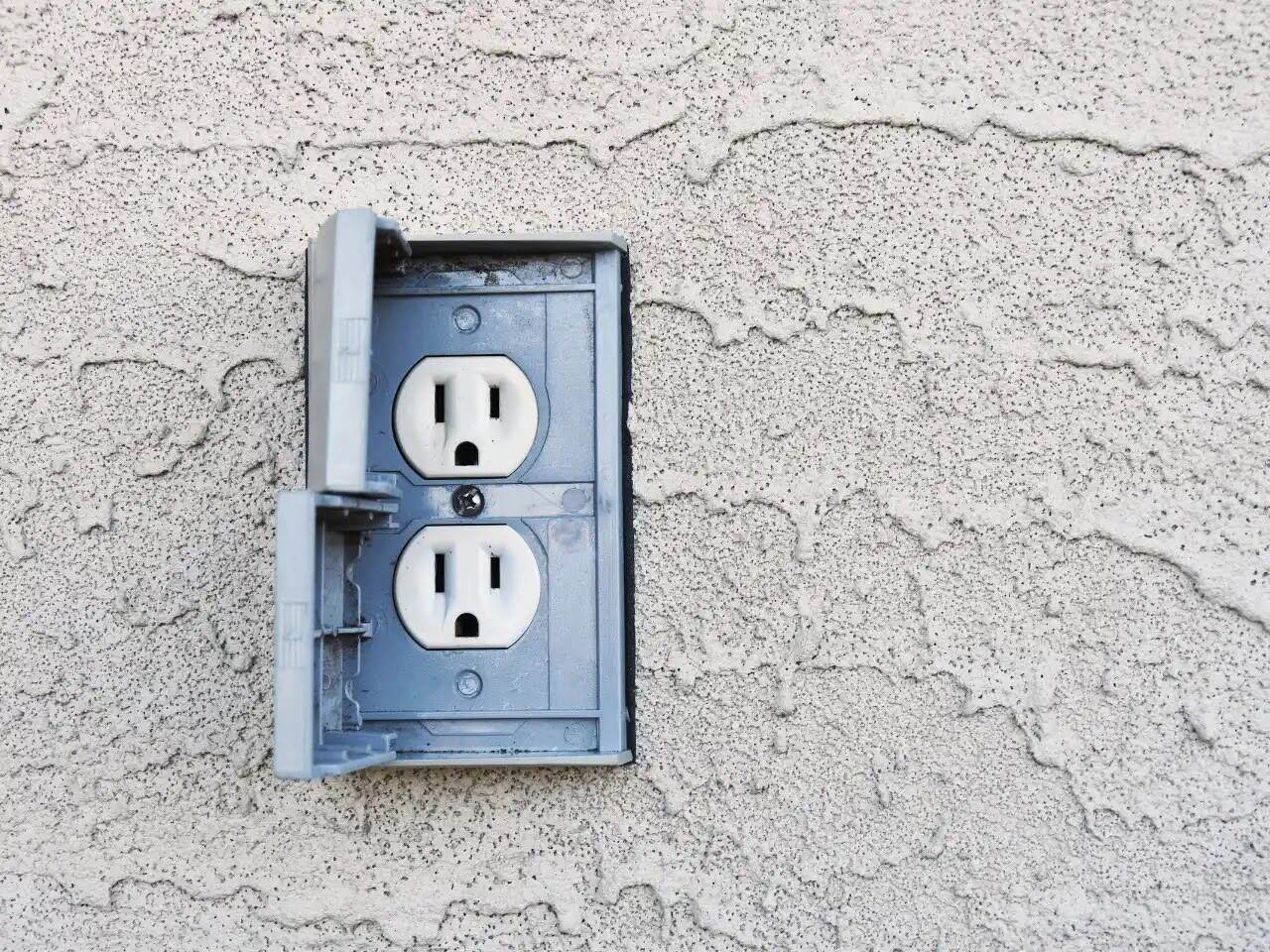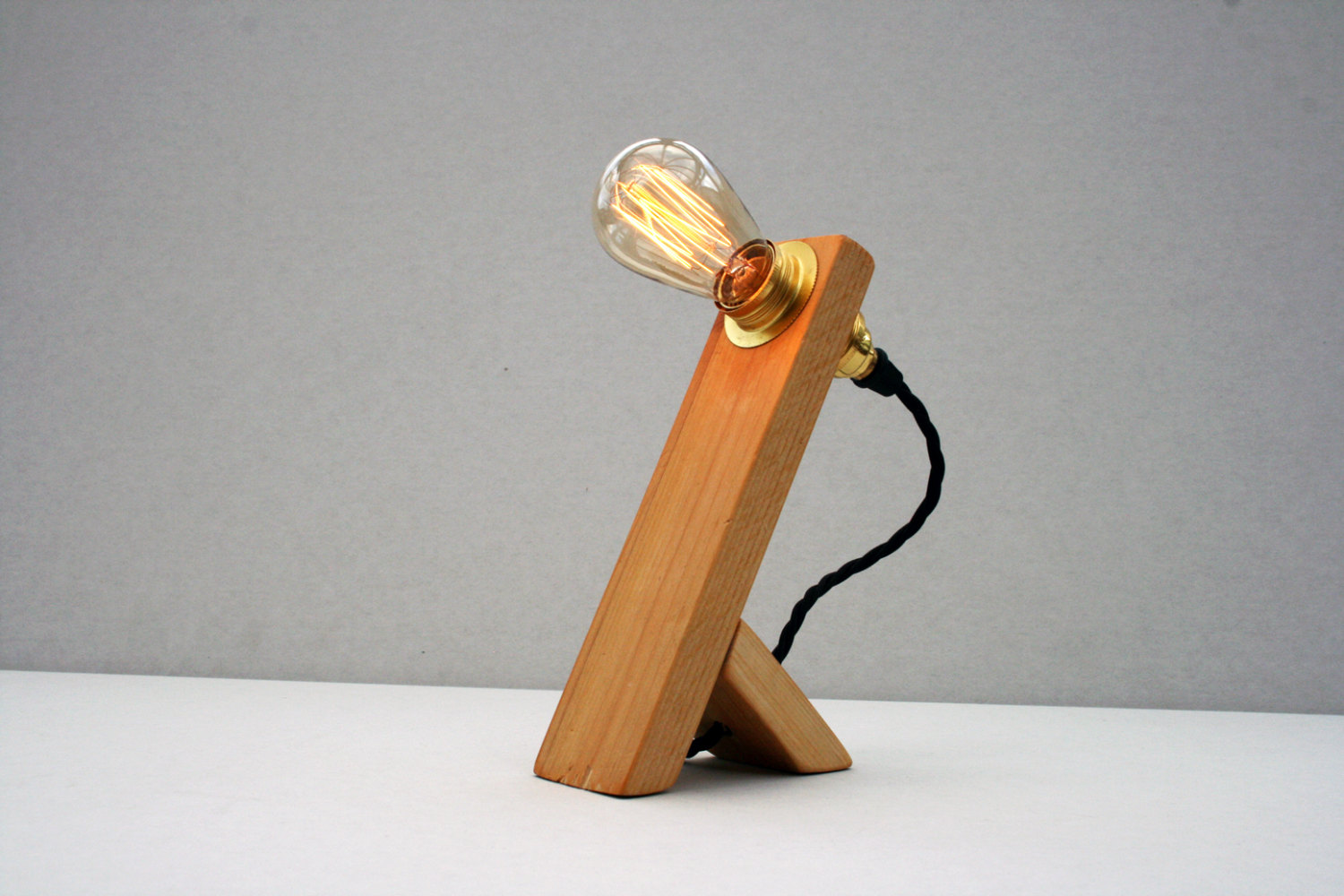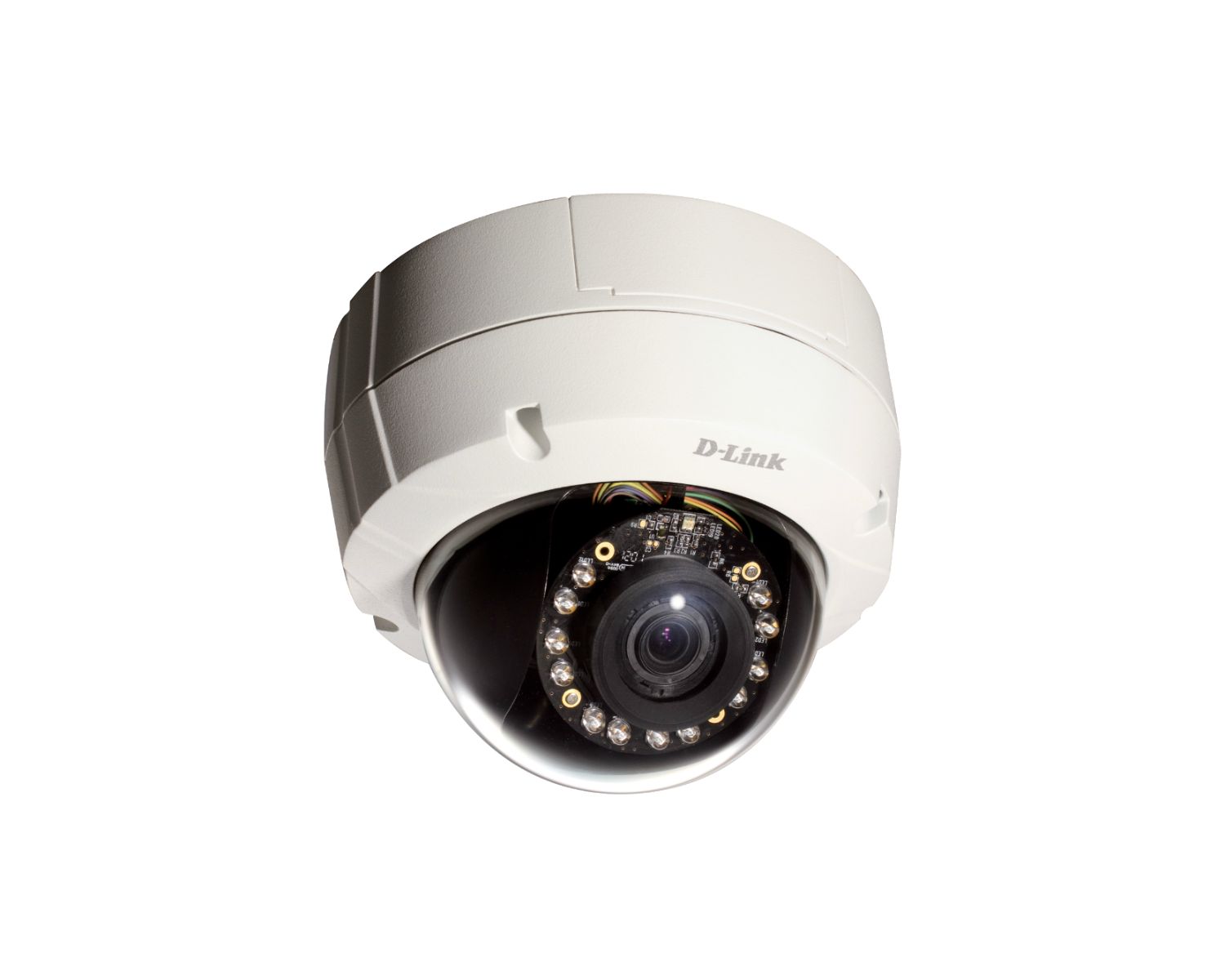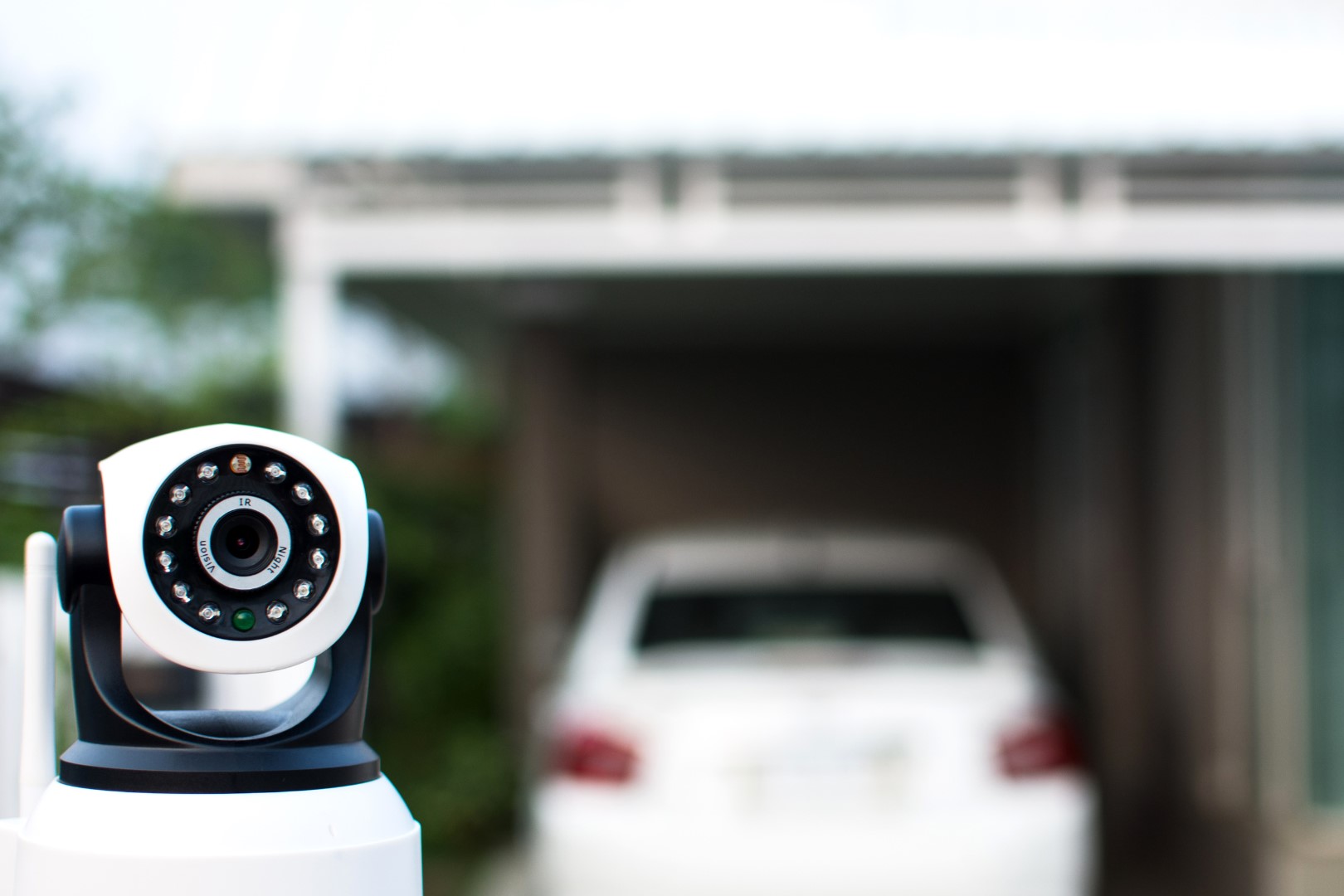Home>Home Security and Surveillance>How To Use Outdoor Camera With No Power Outlets
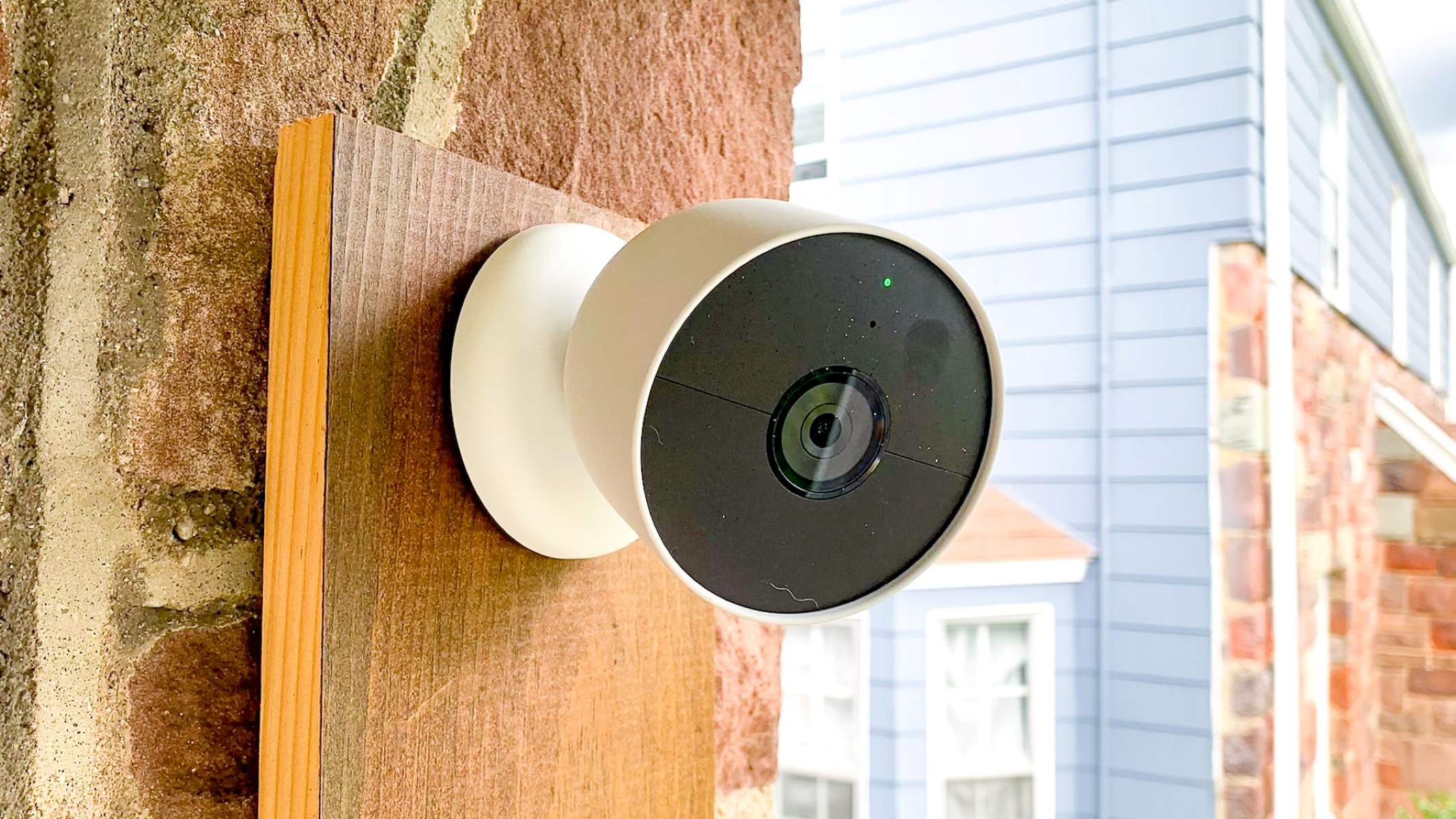

Home Security and Surveillance
How To Use Outdoor Camera With No Power Outlets
Modified: September 1, 2024
Discover how to effectively use an outdoor camera with no power outlets for your home security and surveillance needs. Learn valuable tips and tricks to ensure optimal functionality and peace of mind.
(Many of the links in this article redirect to a specific reviewed product. Your purchase of these products through affiliate links helps to generate commission for Storables.com, at no extra cost. Learn more)
Introduction
Welcome to the world of outdoor cameras with no power outlets! As technology continues to advance, homeowners and businesses now have the option to install surveillance cameras in outdoor areas where traditional power sources are not available. This innovative solution provides a reliable and effective way to enhance security and monitor your property without the constraints of power outlets.
In this article, we will explore the benefits of using outdoor cameras with no power outlets, the different types of cameras available, factors to consider when choosing a camera, the installation process, setting up power sources, and maintenance and troubleshooting tips. By the end, you will have a comprehensive understanding of how to make the most of these cutting-edge surveillance devices.
So, whether you want to keep an eye on your front porch, monitor your backyard, or secure your business premises, outdoor cameras with no power outlets are an excellent solution. Let’s dive in and discover how you can set up and utilize these cameras to ensure the safety and security of your property.
Key Takeaways:
- Embrace the freedom of outdoor cameras with no power outlets! Enjoy flexible placement, easy installation, and 24/7 surveillance without traditional power constraints. Enhance security with innovative, cost-effective solutions.
- Choose the right outdoor camera with no power outlets for your needs. Consider power source, resolution, weather resistance, and maintenance to ensure reliable surveillance and peace of mind for your property.
Benefits of Using Outdoor Cameras with No Power Outlets
Outdoor cameras with no power outlets offer numerous advantages that make them an attractive option for both residential and commercial properties. Here are some key benefits:
- Flexible Placement: One of the primary benefits of outdoor cameras with no power outlets is their flexibility in placement. Since they don’t rely on traditional power sources, you can install them in areas that are far away from electrical outlets, such as remote corners of the yard or the perimeter of a large property.
- Easy Installation: These cameras are typically designed to be user-friendly, making installation a breeze. Most models come with mounting brackets and hardware, allowing you to easily attach them to walls, fences, or other surfaces.
- Wireless Connectivity: Outdoor cameras with no power outlets often utilize wireless technology to connect to your home or business network. This eliminates the need for cumbersome wiring and allows for seamless integration with other smart security systems.
- 24/7 Surveillance: With the advancement in battery technology, outdoor cameras with no power outlets can now provide 24/7 surveillance. High-capacity batteries or rechargeable options ensure that your camera remains operational even during extended power outages.
- Cost-Effective: Installing outdoor cameras with no power outlets can be more cost-effective than running electrical wiring to remote locations. Additionally, these cameras often require minimal maintenance, reducing long-term expenses.
- Increased Deterrence: The mere presence of a surveillance camera acts as a deterrent for potential intruders. By strategically placing outdoor cameras with no power outlets, you can create a comprehensive security system that effectively discourages trespassers and criminal activity.
- Remote Monitoring: Many outdoor cameras with no power outlets offer remote monitoring capabilities. This means you can access live footage and receive alerts on your smartphone or tablet no matter where you are. This provides peace of mind and enables you to keep an eye on your property even when you’re away.
With these benefits in mind, it’s clear that outdoor cameras with no power outlets are a valuable addition to any security system. They offer convenience, flexibility, and enhanced protection for your home or business without the limitations of traditional power sources.
Types of Outdoor Cameras with No Power Outlets
When it comes to outdoor cameras with no power outlets, there are several types available to suit different needs and preferences. Let’s explore some of the most common types:
- Battery-Powered Cameras: Battery-powered outdoor cameras are a popular option due to their ease of installation and maintenance. These cameras are equipped with internal batteries that can last anywhere from a few months to a year, depending on usage. Once the battery is depleted, it can be easily recharged or replaced.
- Solar-Powered Cameras: Solar-powered outdoor cameras harness the energy from the sun to power their operations. These cameras come with built-in solar panels that convert sunlight into electricity, allowing for continuous surveillance. They are an eco-friendly option and are best suited for areas with ample sunlight exposure.
- Wire-Free Cameras: Wire-free outdoor cameras rely on wireless technology to transmit both power and data. These cameras typically use rechargeable batteries and connect to your home or business network through Wi-Fi. They offer flexibility in terms of placement and are easy to install without the need for running cables.
- CCTV Cameras with Power over Ethernet (PoE): CCTV cameras with Power over Ethernet (PoE) technology are another option for outdoor surveillance. These cameras use Ethernet cables to transmit both power and video data. They require a PoE network switch or injector to supply power, making them more suitable for areas with existing network infrastructure.
- Wireless Security Systems: Wireless security systems often come with outdoor cameras that can be powered by batteries or solar panels. These systems provide a comprehensive solution for monitoring and securing your property, allowing you to add multiple cameras and integrate them with other smart security devices.
Each type of outdoor camera with no power outlets has its own advantages and considerations. Consider factors such as the location, amount of sunlight, desired features, and budget when selecting the right camera for your specific needs.
Keep in mind that technology is constantly evolving, and new types of outdoor cameras with no power outlets may emerge in the future. Stay updated on the latest advancements to make informed decisions on your security system.
Factors to Consider When Choosing an Outdoor Camera with No Power Outlets
When selecting an outdoor camera with no power outlets, there are several important factors to consider. These factors will ensure that you choose a camera that suits your specific needs and provides optimal performance. Here are some key considerations:
- Power Source: Determine the power source that best fits your requirements. Consider whether you prefer battery-powered cameras, solar-powered cameras, or other options like PoE. Each power source has its own advantages and limitations, so choose one that aligns with your location, budget, and sustainability preferences.
- Resolution: The resolution of the camera will determine the image quality and clarity. Higher resolution cameras capture more detailed footage, making it easier to identify people or objects. Look for cameras with at least 1080p resolution for clear and crisp video recordings.
- Field of View: The field of view refers to the area that the camera can capture. Consider the specific areas you want to monitor and choose a camera with an appropriate field of view. Wide-angle lenses or cameras with pan-tilt-zoom (PTZ) capabilities offer greater flexibility in monitoring larger areas.
- Night Vision: If you require surveillance during nighttime or low-light conditions, ensure that the camera has excellent night vision capabilities. Look for features such as infrared (IR) LEDs or low lux performance to capture clear footage in the dark.
- Weather Resistance: Since outdoor cameras are exposed to the elements, it’s crucial to choose a camera that is weather-resistant. Look for cameras with a high IP (Ingress Protection) rating, which indicates their ability to withstand dust, moisture, and extreme temperatures.
- Wireless Connectivity: If you opt for a wireless camera, ensure that it supports reliable and secure wireless connectivity protocols such as Wi-Fi. Check the range of the camera’s wireless connection to ensure it can reach your desired installation location.
- Storage Options: Consider the storage options available for storing the camera’s footage. Some cameras offer onboard storage, while others may require additional storage devices such as microSD cards or cloud storage subscriptions. Choose a storage option that suits your preferences for accessibility and capacity.
- Smart Features: Many outdoor cameras come with advanced smart features that enhance functionality. These may include motion detection, two-way audio, facial recognition, or integration with smart home automation systems. Evaluate which features are essential for your specific surveillance needs.
- Price and Budget: Lastly, consider your budget and compare the prices of different cameras. While it’s important to stay within your budget, also prioritize the features and quality that will meet your requirements in the long run.
By considering these factors, you can narrow down the options and choose an outdoor camera with no power outlets that fits your specific needs. Remember, each property has unique requirements, so take the time to assess your situation and make an informed decision.
Consider using a solar-powered outdoor camera to avoid the need for power outlets. This way, you can place the camera in a location with good sunlight exposure and it will continue to function without needing to be plugged in.
Installation Process of Outdoor Cameras with No Power Outlets
Installing outdoor cameras with no power outlets may seem daunting at first, but with the right preparation and guidance, it can be a straightforward process. Here is a general installation guide to help you get started:
- Plan and Prepare: Before installing the camera, carefully plan the optimal location for surveillance coverage. Consider factors such as the field of view, potential obstructions, and accessibility. Ensure that the camera is positioned to capture the desired areas effectively.
- Check Connectivity: If your camera requires wireless connectivity, ensure that you have a reliable Wi-Fi signal in the intended installation location. Weak or inconsistent Wi-Fi can affect the camera’s performance, so consider using Wi-Fi range extenders if needed.
- Mounting: Most outdoor cameras come with mounting brackets and hardware. Use the included hardware or purchase appropriate mounting supplies if needed. Ensure that the mounting surface is sturdy and can support the weight of the camera. Follow the manufacturer’s instructions for proper placement and installation.
- Weatherproofing: Since the camera will be exposed to the elements, take steps to weatherproof the installation. Use weatherproof seals or silicone caulk to seal any openings and protect the camera’s connections from moisture. This will help prevent damage and ensure long-term durability.
- Power Source Setup: Depending on the type of outdoor camera you have, connect the power source as per the manufacturer’s instructions. For battery-powered cameras, ensure that the batteries are properly inserted and secured. If using solar-powered cameras, position the solar panel in a location that receives ample sunlight for optimal charging.
- Angle and Focus Adjustment: Once the camera is mounted and powered, adjust the angle and focus to ensure a clear view of the desired area. Use the camera’s built-in tools or settings to fine-tune the image and make any necessary adjustments.
- Connectivity and Configuration: If applicable, connect the camera to your home or business network. Follow the manufacturer’s instructions to complete the necessary setup and configuration process. This may involve connecting the camera to a Wi-Fi network, installing companion mobile apps, or accessing the camera’s settings via a web interface.
- Testing and Troubleshooting: Before finalizing the installation, thoroughly test the camera’s functionality. Ensure that it is capturing footage, transmitting data, and providing the desired features. Troubleshoot any connectivity or performance issues that may arise, referencing the camera’s user manual or contacting customer support if needed.
- Maintain and Monitor: Once the camera is installed and functioning properly, establish a regular maintenance routine. Clean the lens periodically to ensure clear visibility, check that the power source is functioning correctly, and monitor the camera’s performance to address any issues promptly.
Remember, the installation process may vary slightly depending on the specific outdoor camera model you choose. Always refer to the manufacturer’s instructions for detailed guidance tailored to your camera’s requirements. Following these steps will help ensure a successful installation and allow you to experience the benefits of outdoor surveillance with no power outlets.
Read more: How To Weatherproof The Outdoor Camera Power
Setting Up Power Sources for Outdoor Cameras with No Power Outlets
Outdoor cameras with no power outlets require alternative methods to obtain the necessary power for operation. Here are some common options for setting up power sources:
- Battery-Powered Cameras: If your outdoor camera is battery-powered, the setup is relatively simple. Insert the appropriate batteries into the camera following the manufacturer’s instructions. Ensure that you have spare batteries on hand to replace them when needed. Regularly monitor the battery level and recharge or replace as necessary.
- Solar-Powered Cameras: Solar-powered cameras harness the energy from the sun and convert it into electricity for operation. To set up a solar-powered outdoor camera, position the camera in an area with ample sunlight exposure. Mount the solar panel in a location where it will receive direct sunlight throughout the day. Connect the solar panel to the camera as per the manufacturer’s instructions, ensuring a secure and weatherproof connection.
- Wire-Free Cameras with Rechargeable Batteries: Wire-free outdoor cameras often come with rechargeable batteries. To set up this type of camera, insert the rechargeable batteries into the camera following the manufacturer’s instructions. Periodically remove the batteries and recharge them using the provided charging cable or docking station. This ensures that the camera remains operational and avoids any downtime due to depleted batteries.
- CCTV Cameras with Power over Ethernet (PoE): PoE outdoor cameras require a PoE network switch or injector to provide power. Install the PoE network switch or injector near the camera’s location. Connect one end of an Ethernet cable to the camera and the other end to the PoE switch or injector. Ensure that the PoE device is connected to a power source. The Ethernet cable will transmit both power and data to the camera.
- Wireless Security Systems: If you are using a wireless security system with outdoor cameras, power sources may vary depending on the specific model. Follow the manufacturer’s instructions for each camera to set up the power source, whether it is battery-powered or solar-powered. Ensure that all cameras are properly powered and connected to the wireless network for seamless integration with the security system.
When setting up power sources for outdoor cameras with no power outlets, consider the following tips:
- Choose high-quality batteries or solar panels from reputable brands to ensure reliable power supply.
- Ensure that the power source is protected from extreme weather conditions and potential tampering.
- Regularly check the power source to ensure that it is functioning correctly and providing adequate power to the camera.
- Monitor the battery level or solar panel performance to avoid interruptions in camera operation.
- In the case of solar-powered cameras, occasionally clean the solar panel to maintain optimal sunlight absorption.
By carefully setting up and maintaining the power sources for your outdoor cameras, you can ensure continuous operation and reliable surveillance for your property without the need for traditional power outlets.
Maintenance and Troubleshooting Tips for Outdoor Cameras with No Power Outlets
To keep your outdoor cameras with no power outlets in optimal condition, regular maintenance and troubleshooting are essential. Here are some tips to help you maintain and troubleshoot your outdoor cameras:
- Clean the Lens: Over time, dust, dirt, and debris can accumulate on the camera’s lens, affecting image clarity. Regularly clean the lens using a microfiber cloth or lens cleaning solution to ensure clear and crisp video footage.
- Inspect for Physical Damage: Periodically inspect the camera for any physical damage, such as cracks, loose connections, or signs of tampering. Repair or replace any damaged components to maintain the camera’s functionality and durability.
- Check Power Source: If your camera uses batteries, regularly monitor the battery level and replace or recharge them as needed. For solar-powered cameras, ensure that the solar panel is clean and receives sufficient sunlight for optimal charging. In the case of wire-free cameras with rechargeable batteries, remove and charge the batteries when necessary.
- Verify Wireless Connectivity: For wireless cameras, check the Wi-Fi signal strength and connectivity. Ensure that the camera is within range of the router and the Wi-Fi signal is stable. If experiencing connection issues, try repositioning the camera or using Wi-Fi range extenders to improve signal strength.
- Update Firmware: Manufacturers often release firmware updates to improve camera performance and address any security vulnerabilities. Check for firmware updates regularly and install them as recommended by the manufacturer.
- Test Camera Functionality: Regularly test the camera’s functionality by accessing the live feed or reviewing recorded footage. Verify that the camera is correctly capturing video and audio. If any issues are detected, refer to the camera’s user manual or contact customer support for troubleshooting assistance.
- Ensure Proper Weatherproofing: Outdoor cameras are exposed to various weather conditions. Periodically check the camera’s weatherproofing seals, gaskets, and connectors to ensure they are intact and provide effective protection against moisture and dust. Replace any damaged or degraded weatherproofing components promptly.
- Monitor Storage Capacity: If your camera has onboard storage or uses external storage options, regularly monitor the available storage capacity. Delete or transfer old footage to create space for new recordings. Utilize cloud storage options if available to ensure ample storage capacity and avoid any loss of important footage.
- Consider Professional Maintenance: If you encounter persistent issues or are unsure how to resolve them, consider consulting a professional for maintenance or troubleshooting assistance. They can provide expert guidance and ensure optimal camera performance.
By following these maintenance and troubleshooting tips, you can keep your outdoor cameras with no power outlets in excellent condition and address any issues that may arise. Regular upkeep will help ensure continuous surveillance and reliable security for your property.
Conclusion
Outdoor cameras with no power outlets have revolutionized the way we approach security and surveillance. They offer flexible placement options, easy installation, and a range of power sources to suit different needs. By utilizing battery power, solar energy, or wireless connectivity, these cameras provide reliable and effective surveillance without the limitations of traditional power outlets.
The benefits of outdoor cameras with no power outlets are numerous. They offer flexible placement options, allowing you to monitor remote areas of your property. Easy installation and user-friendly interfaces make these cameras accessible to both homeowners and businesses. With wireless connectivity options, remote monitoring and integration with smart security systems become a seamless experience.
When choosing an outdoor camera with no power outlets, consider factors such as power source, resolution, field of view, night vision capabilities, weather resistance, and wireless connectivity. By making an informed decision based on your specific needs, you can select a camera that meets your requirements and delivers reliable performance.
The installation process for outdoor cameras without power outlets involves careful planning, mounting, connecting power sources, and configuring the camera. By following manufacturer instructions and considering factors such as weatherproofing and power source setup, you can successfully install the camera and ensure its proper functioning.
Regular maintenance is crucial to keep your outdoor cameras in optimal condition. Cleaning the lens, inspecting for physical damage, checking power sources, and verifying wireless connectivity are essential tasks. It is also important to update firmware, test camera functionality, ensure proper weatherproofing, and monitor storage capacity to guarantee reliable surveillance performance.
In conclusion, outdoor cameras with no power outlets provide an effective solution for enhancing security and surveillance in areas where traditional power sources are not available. By understanding the benefits, types, installation process, power source setup, troubleshooting, and maintenance tips, you can make the most of these innovative devices to protect your home or business. Invest in the right outdoor camera with no power outlets and enjoy peace of mind knowing that your property is being monitored and protected around the clock.
Frequently Asked Questions about How To Use Outdoor Camera With No Power Outlets
Was this page helpful?
At Storables.com, we guarantee accurate and reliable information. Our content, validated by Expert Board Contributors, is crafted following stringent Editorial Policies. We're committed to providing you with well-researched, expert-backed insights for all your informational needs.
